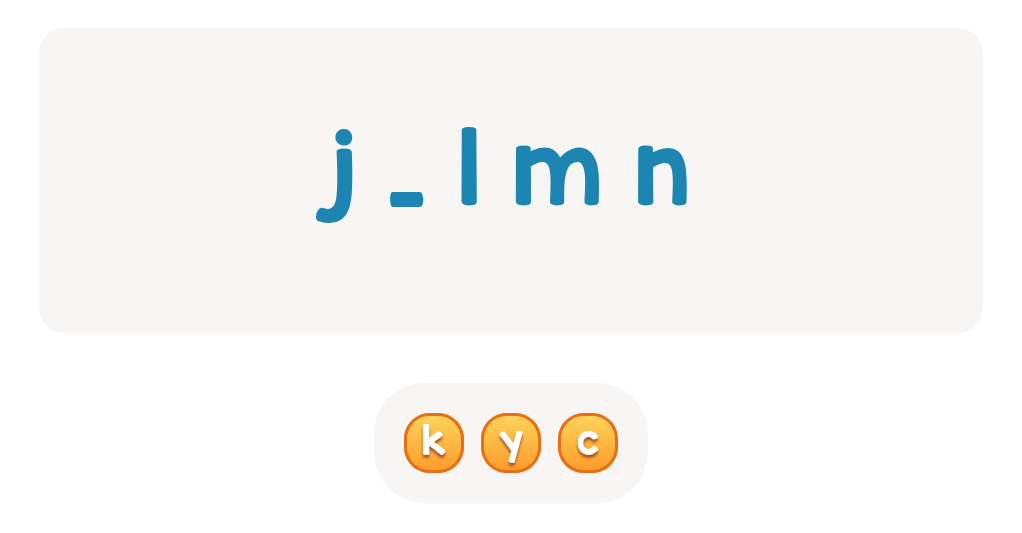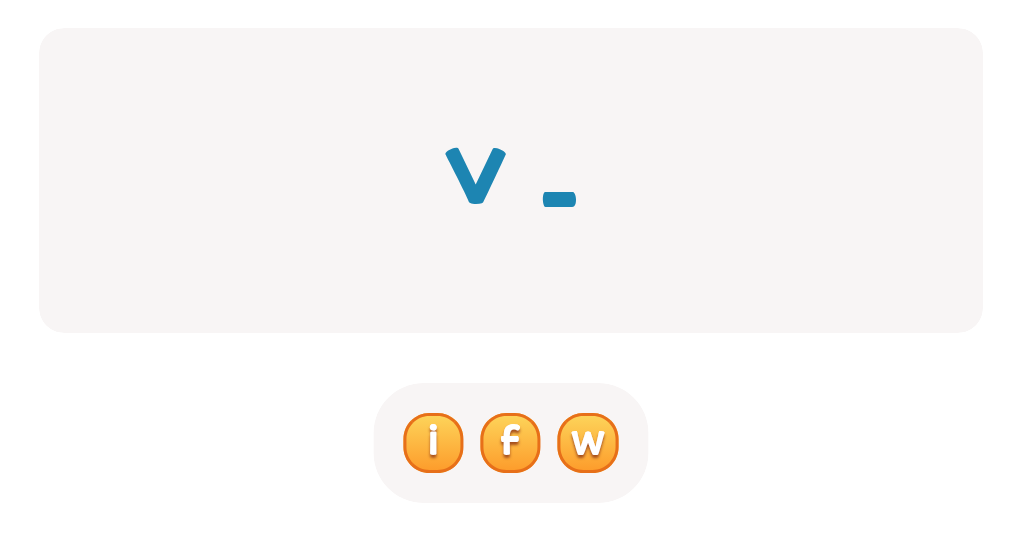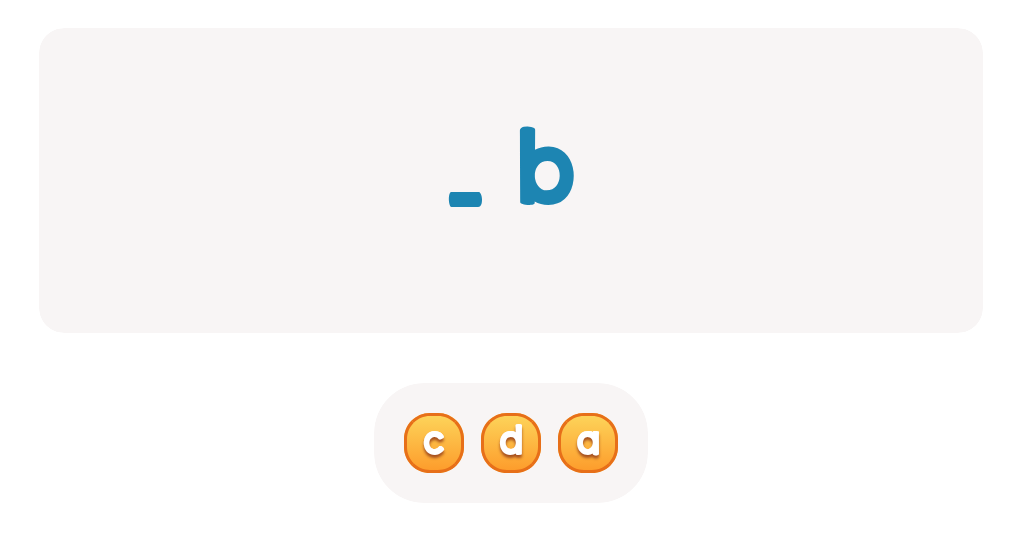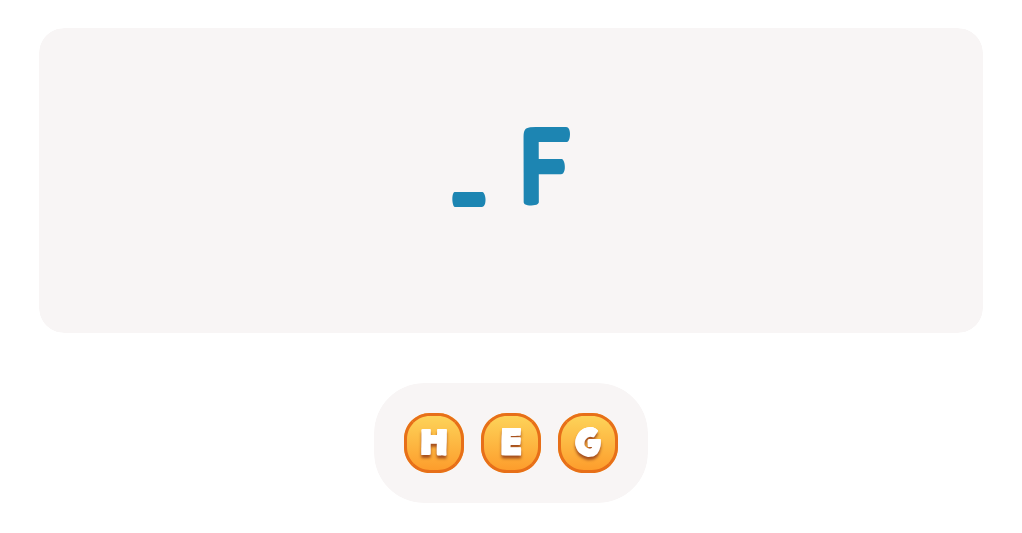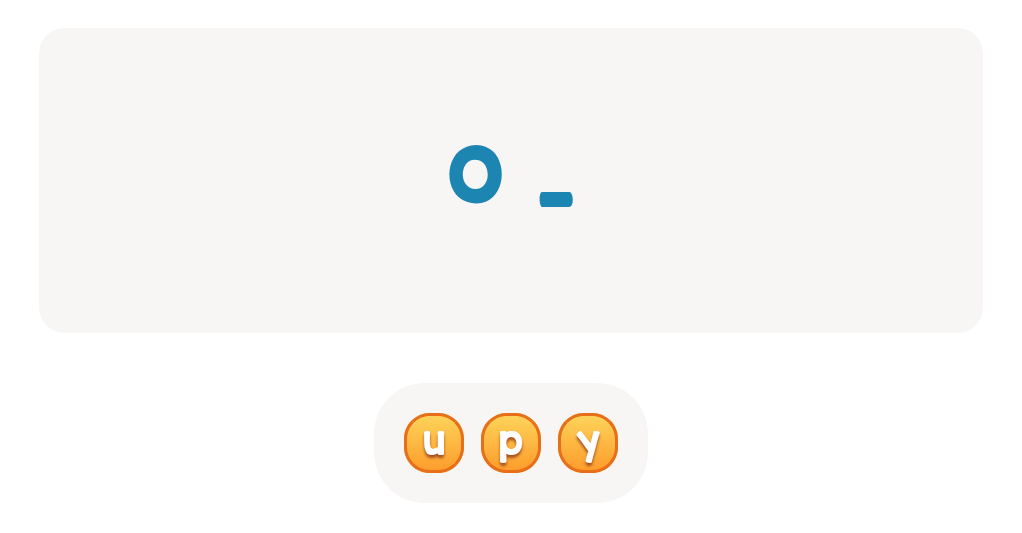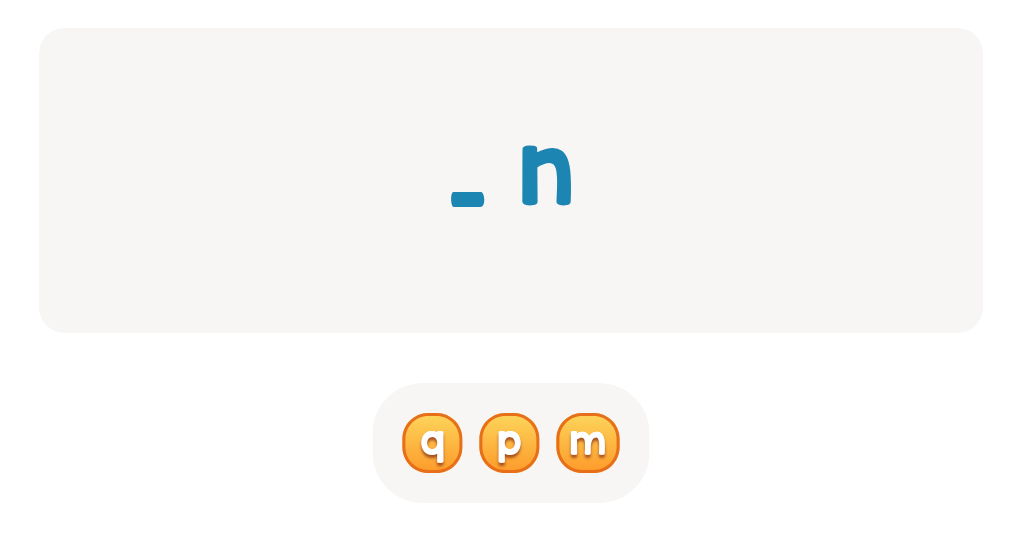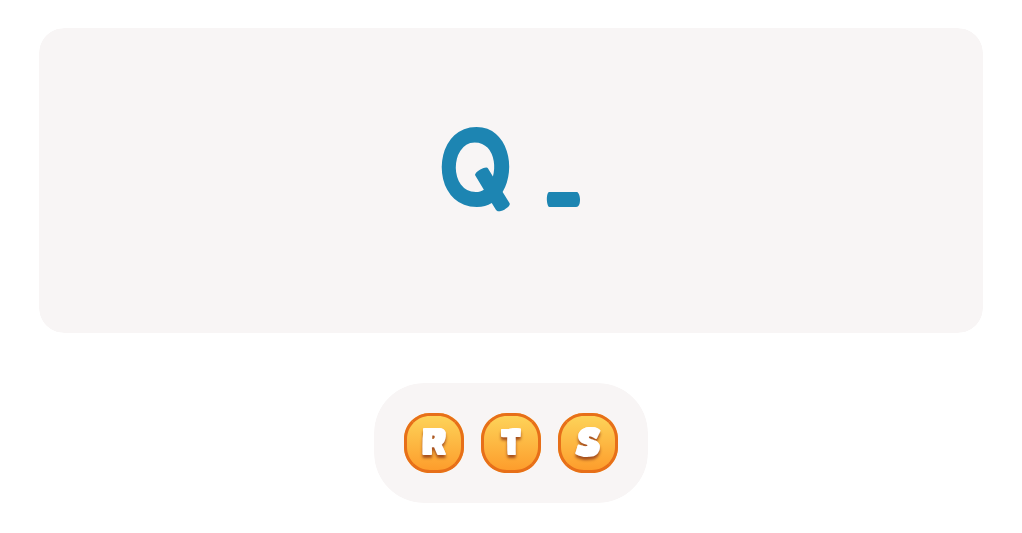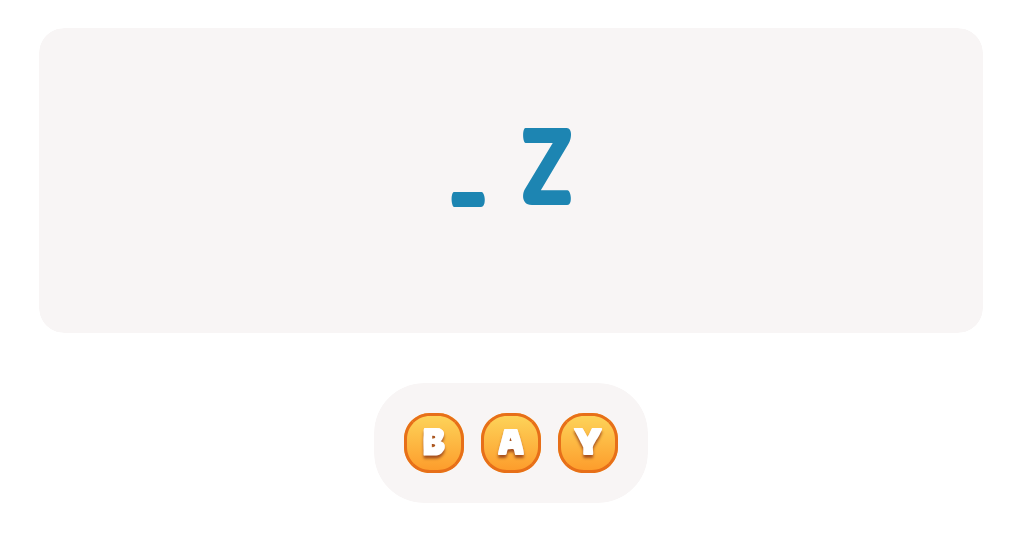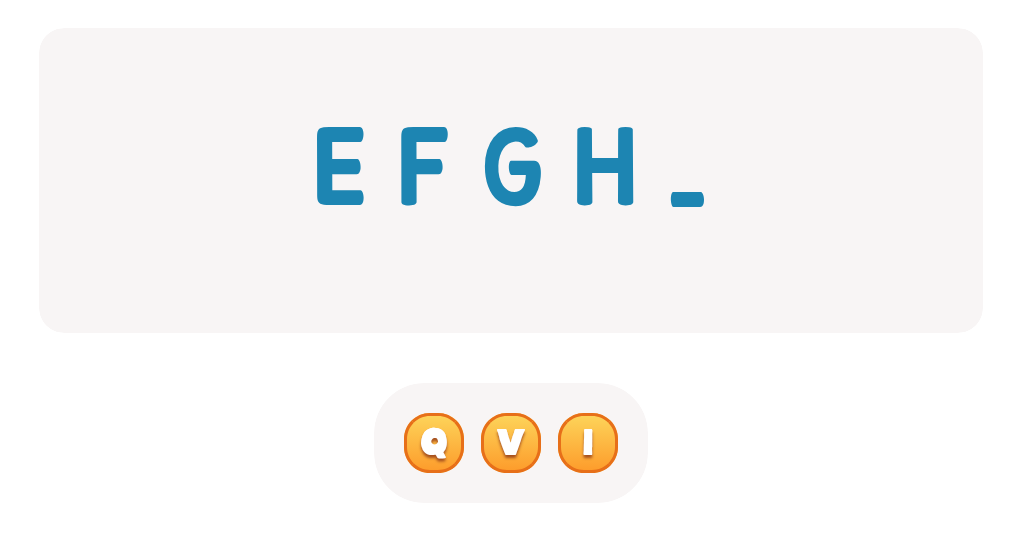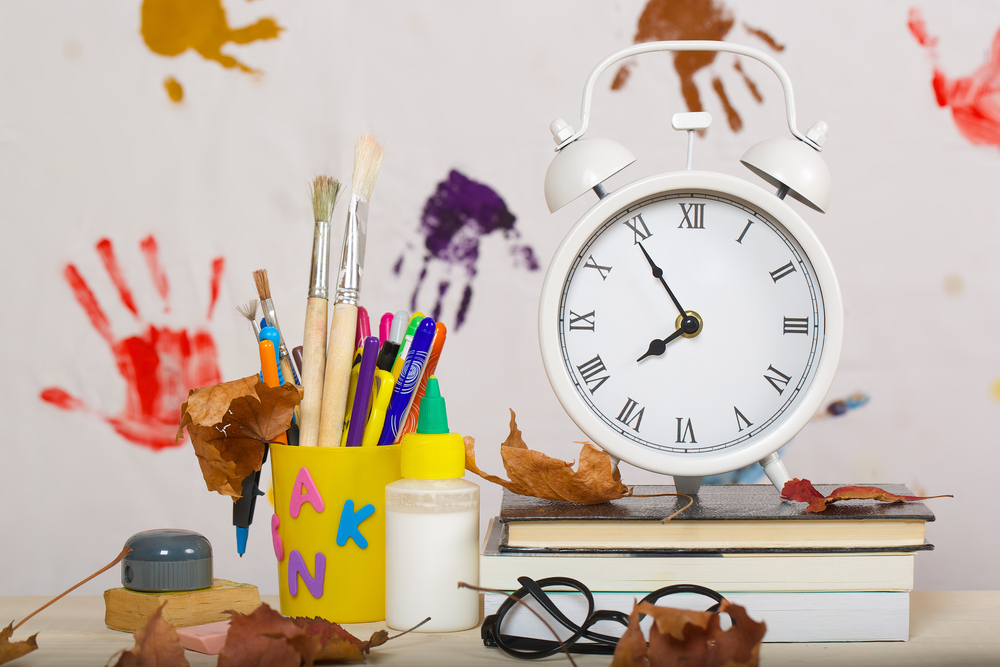Letter recognition Normal ABC Order Worksheets for Ages 4-6
8 filtered results
-
From - To
Discover our "Letter Recognition Normal ABC Order Worksheets for Ages 4-6" designed to make learning the alphabet engaging and fun! Our expertly crafted worksheets help young learners recognize and sequence letters, setting a strong foundation for reading. Each activity features vibrant illustrations and clear instructions, perfect for preschool through first grade. These printable worksheets not only foster alphabet familiarity but also improve handwriting and cognitive skills. Ideal for parents, teachers, and homeschoolers seeking quality, educational resources. Start your child's literacy journey today with our comprehensive and enticing ABC order worksheets.


Letter P Tracing Page


Letter Q Tracing Page


Letter H Tracing Page


Letter G Tracing Page
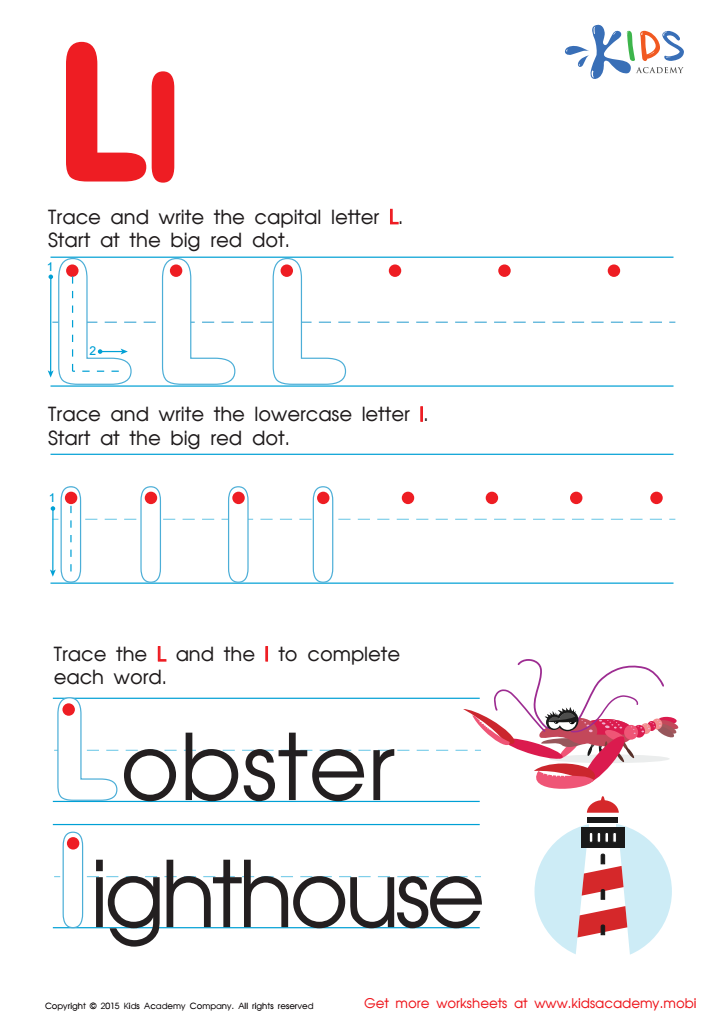

Letter L Tracing Page
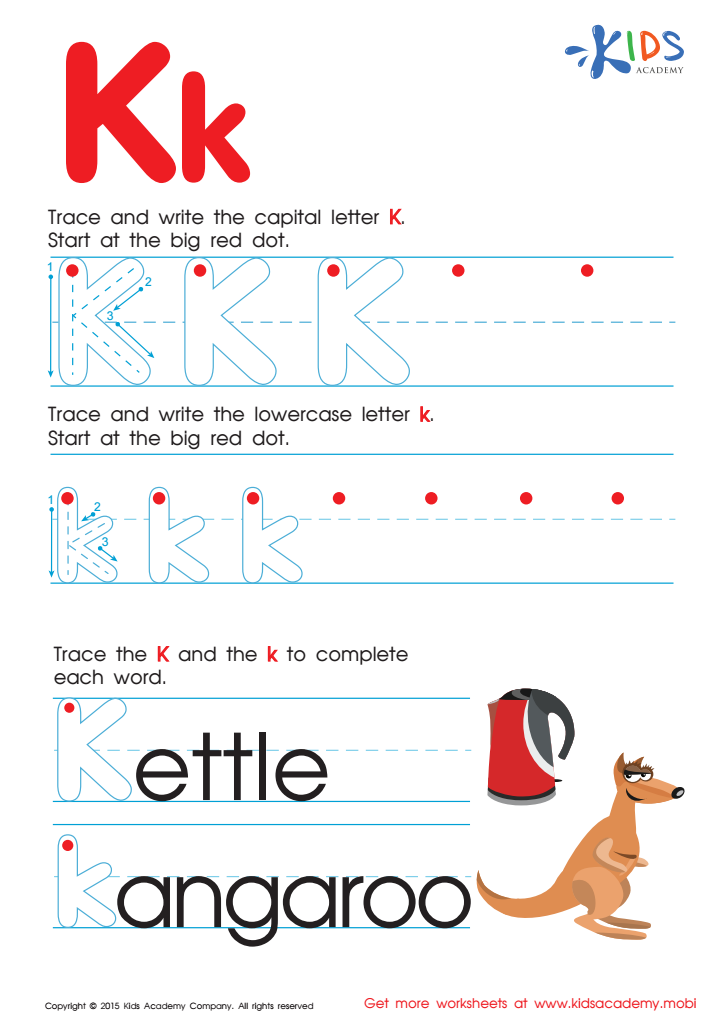

Letter K Tracing Page
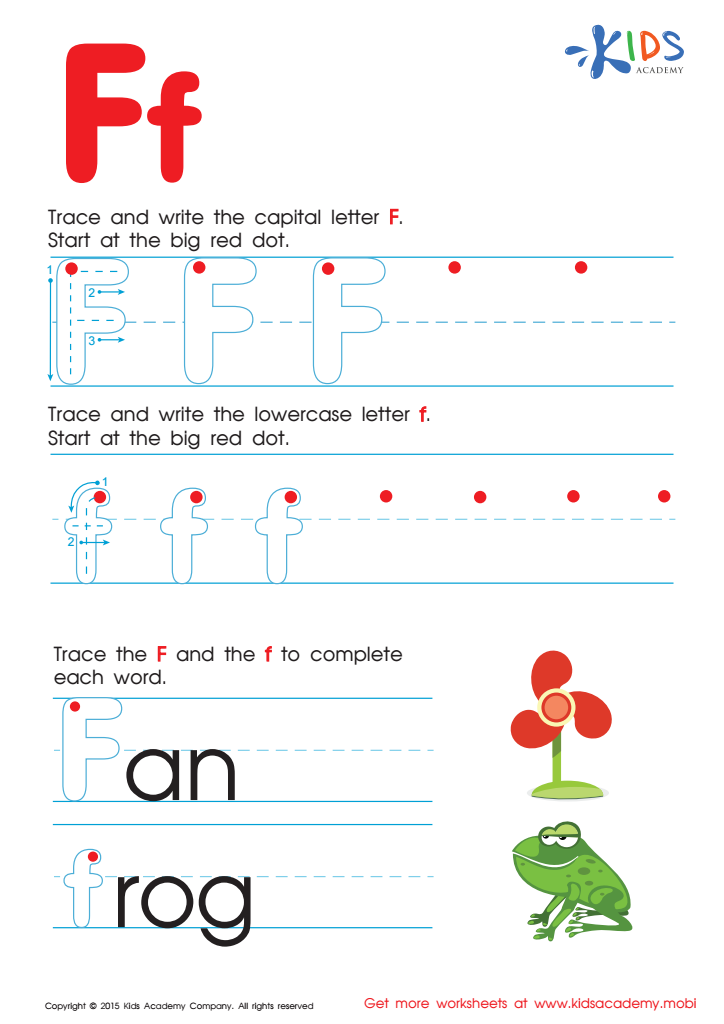

Letter F Tracing Page


Letter D Tracing Page
Letter recognition in normal ABC order for ages 4-6 is a foundational skill crucial for early literacy development. It provides young learners with the tools they need to identify, name, and understand the significance of each letter in the alphabet. When children recognize letters in their traditional sequence, they not only learn individual letters but also develop a sense of order and structure that mirrors the reading process.
Parents and teachers should prioritize this developmental milestone because it directly influences reading and writing abilities. Children who easily recognize letters can more readily grasp the concept of phonics, linking letters to sounds, which is essential for decoding words. Mastery of letter recognition also enhances a child's ability to follow sequences, understand patterns, and develop memory skills, all of which are beneficial beyond reading.
Introducing children to the alphabetical order at an early age can foster self-confidence and a love for learning. It creates a solid foundation for future academic success, as literacy is interconnected with other curriculum areas, such as math and science. Additionally, knowing the ABCs can aid in everyday life skills, like following instructions and organizing information.
Overall, focusing on letter recognition sets the stage for children to become proficient readers and effective communicators, making it a primary area of concern for both parents and educators.

 Assign to My Students
Assign to My Students
